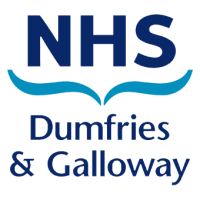Arrange investigations for patients with:
- Raised creatinine and/or eGFR < 60
- Proteinuria (ACR > 3)
- Persistent haematuria (follow visible or non-visible haematuria pathways)
- Urine sediment abnormalities (RBC - may indicate glomerular disease, WBC - may indicate pyelonephritis/interstitial nephritis, casts/epithelial cells - may indicate renal parenchymal disease)
Initial investigations
- Check blood pressure
- Review recent medications (e.g. Trimethoprim)
- Exclude urinary retention
- Identify cardiovascular risk factors
- Arrange:
- Repeat eGFR within 2 weeks
- ACR if not already done
- FBC
- HbA1c
- Fasting Lipids
- Urinalysis
- Arrange renal USS where:
- there is a family history of polycystic kidneys and patient is age >20
- eGFR < 30ml/min/1.73m2
- eGFR has dropped by 15ml/min/1.73m2 or more or 25% over the past year
- there is visible or persistent non-visible haematuria
- there are symptoms of urinary obstruction
If repeat eGFR < 60, repeat again within 3 months
If ACR between 3 and 70 repeat within 3 months (ACR > 70 indicates significant proteinuria and repeat is not needed to confirm)
Note transient rise in ACR is seen with menstruation, UTI, strenuous exercise.
If eGFR < 30 arrange blood for calcium, phosphate, vitamin D and parathyroid hormone, (and ferritin and iron studies if anaemia) at time of referral.

